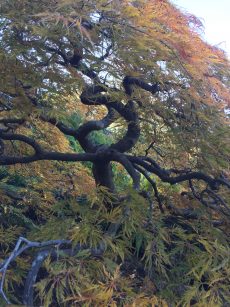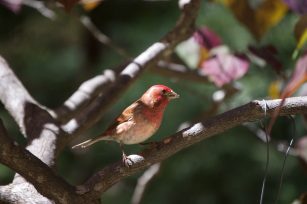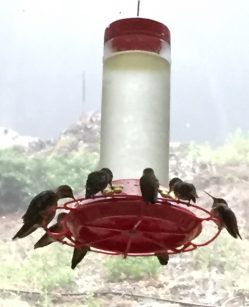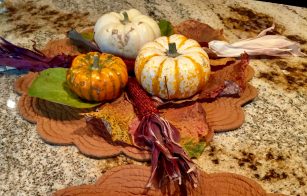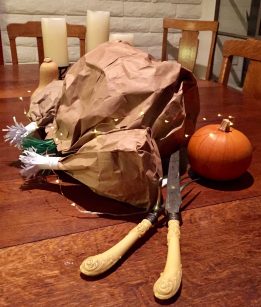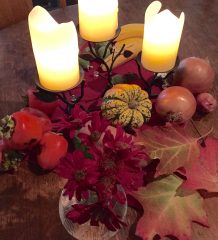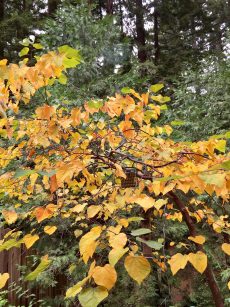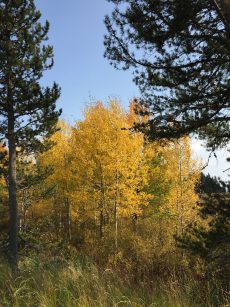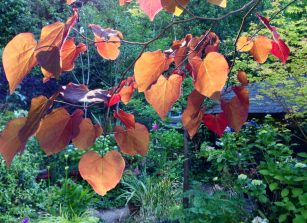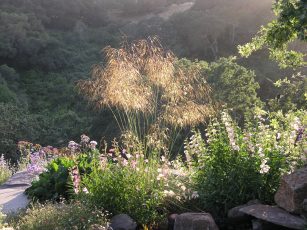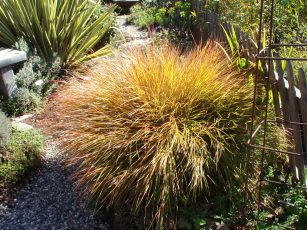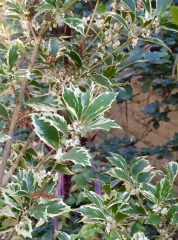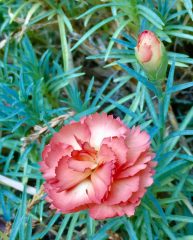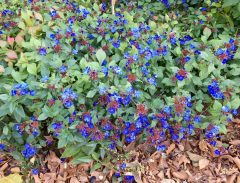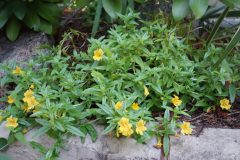I?m getting excited about the holidays. Time to dust off the Christmas list. I admit I look forward to what might be under the tree for me but half the fun of the holidays is coming up with an inexpensive gift that is just right for each person. With so many gardeners on my list, there are a lot choices.
I know some of the best gifts are the ones from nature or something that I made myself. With that in mind I have a few ideas up my sleeve.
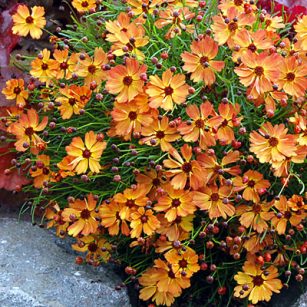
Plants provide needed food year round for wildlife in the garden and especially during the winter. Why not give a friend a plant or offset of one of your plants that birds, bees or butterflies would appreciate? Some easy-to-divide favorites that attract birds include foxglove, coral bells, red-hot poker, California fuchsia, mahonia and purple coneflower.
Or you might have one of the following butterfly favorites that you could divide and pot up for a friend. Yarrow, aster, veronica, agapanthus, astilbe, coreopsis and gaura are just a few that butterflies favor. Ceanothus and columbine are two plants that self sow in my garden and would be easy to pot up for a gift.
Another simple, inexpensive gift for the gardeners on your list is the tillandsia. Sometimes called air plants, these relatives of Spanish moss and pineapple have tiny scales on their leaves called trichomes which serve as very efficient absorption systems to gather water. They are very tolerant of drought conditions and will grow with just an occasional spritzing of water although I like to run mine under lukewarm water to mimic the showers they might get where they normally grow in tropical tree limbs.
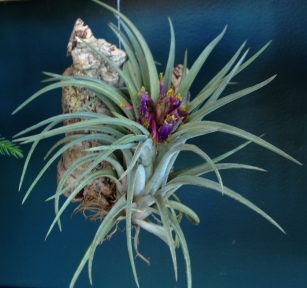
Tillandsia prefer the light from a bright window but not direct sunlight and are among the easiest of indoor plants to grow and maintain. Wire one on a branch or piece of driftwood or place in a shell and they will live happily for years growing pups at the base that replace the mother plant.
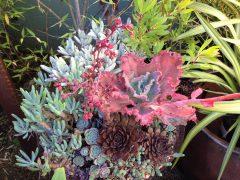
Succulents are also easy to grow. They are very forgiving plants when it comes to watering and light conditions. Seems I?m always coming across someone who has a story about how long they have had a particular specimen and where it came from. ?You see that hens and chicks over there??, they say. ?Well my aunt gave me a little slip way back when? and it blooms every year.? If you have succulents in your own garden, break off a couple, allow the bottom to callus and pot in a small recycled cup or container to give as a gift.
It?s not too late to start a couple of hyacinth bulbs in the refrigerator to give as gifts. Part of the fun is watching the bulbs put out roots well before the fragrant blooms. Choose a hyacinth jar or other narrow necked jar that will support the bulb just above the water and keep in the frig until roots start to fill the jar. Take the bulb out of the dark and give it a bit more light each day for a week until acclimated to bright light. The house will fill with the sweet scent of spring even though it may only be January.
The holidays are a time to bring a smile to someone you care about. Your gift doesn?t need to cost very much to show your love.

